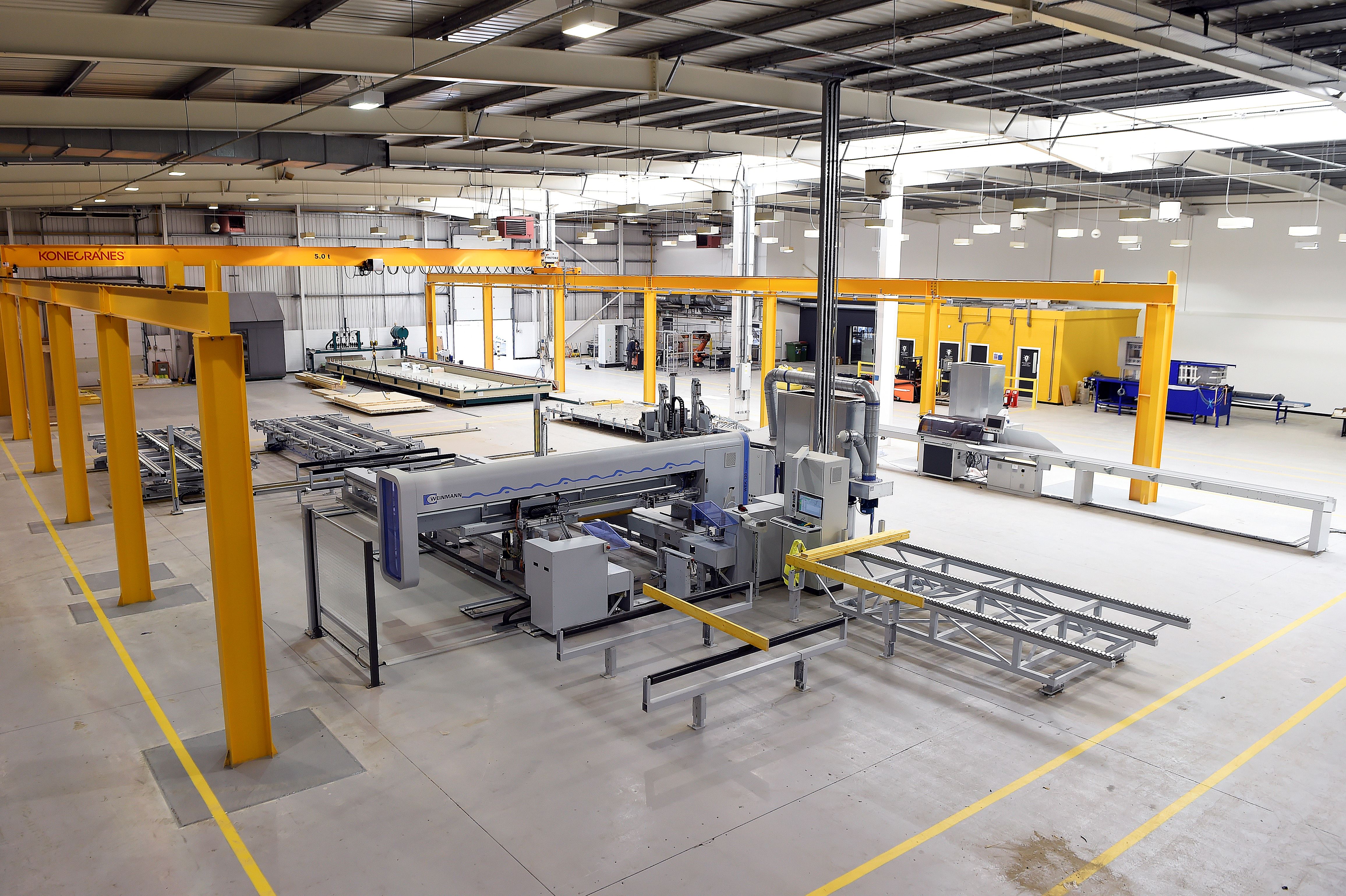Content
Demystifying AI in Construction: 5 Myths Debunked

Myth 1: AI doesn’t work for construction and built environment businesses
There are many real use-cases for AI in construction that can be employed by businesses, and even on construction sites.
For example, AI-powered predictive analytics can analyse project data to forecast potential delays, cost overruns, or risks in the supply chain, enabling construction companies to develop better project plans and mitigate risks. The possibilities of AI also go into Health & Safety, by monitoring stress levels and finding and alerting site managers to hazards in real-time.
AI does offer real solutions to business challenges that the sector faces. It should be seen as a practical tool to help any business, whether construction-related or not, thrive.
Myth 2: AI will reduce job opportunities in the sector
One common concern surrounding AI in construction is the fear of job losses. However, this worry often overlooks a crucial point: AI is not designed and, in many cases, not fully capable of replacing the skilled labour which makes up much of the industry. Instead, the majority of AI applications in construction serve as enhancements to existing roles.
Consider the examples we've already explored like predictive analytics: these AI tools are meant to augment the capabilities of construction workers, not to replace them outright.
By leveraging AI in this way, we empower individuals to deliver projects with greater efficiency and effectiveness. This is also all underpinned by the fact that with more efficiency, there is more prosperity, and with more prosperity, comes more job roles too.
Myth 3: Only large companies can use AI
AI is not exclusive to large construction companies with substantial resources. In fact, many AI solutions are available for different sized businesses and budgets.
For smaller construction firms, embracing AI can level the playing field, allowing them to access technology and compete with larger competitors more effectively. By exploring the different AI solutions available, construction companies can find tools for their business size, and ones which align with their specific needs and goals.
Myth 4: AI is a silver bullet
It's essential to acknowledge the limitations of AI and recognise that it works best when integrated into a holistic approach to project management. AI should be viewed as a valuable tool in the construction toolkit, rather than a silver bullet that can solve all problems instantly.
Construction projects are inherently complex, and AI technology is just one piece of the puzzle. Implementation of AI requires careful planning, collaboration, and ongoing evaluation to ensure success.
Myth 5: Implementation is too complex
Another common myth about AI in construction is that implementation is too complex or daunting for many companies.
While it's true that adopting new technology can be challenging, the benefits of AI can outweigh any initial hurdles. Many AI solutions are designed to be user-friendly and integrate into existing workflows.
There is a wealth of resources and support available to assist construction companies in implementing AI effectively. Training programmes and consulting companies, including tech-giant Microsoft, offer expertise to navigate the complexities of AI implementation and maximise its impact on built environment businesses.
Mythbusting #5: AI in construction
Download the infographic here for your reference or to share with someone else.





